As of March 23, 2022 Kaltura and Zoom are integrated. Meaning your Zoom recordings will automatically be transferred and saved in Kaltura and be available at DU MediaSpace in your My Media. How your Zoom recordings get transferred to Kaltura depends on your Zoom cloud recording settings. By default your Zoom cloud recording settings are set to Record active speaker with shared screen.
This article covers:
- What you need to know about the Kaltura-Zoom Integration.
- Zoom recording layouts.
- Zoom cloud recording settings.
- Interactive, Multi-stream Videos
What You Need to Know About the Kaltura-Zoom Integration
- Zoom creates a separate recording for each chosen layout (active speaker, gallery view, shared screen). If multiple recordings of the same meeting are transferred to Kaltura, they are grouped together as one multi-stream video that can be viewed in the interactive player.
- The Kaltura video player allows the viewer to control what they prefer to see (speaker, slides or both.)
- Captions and speaker names will transfer to Kaltura with your Zoom recording. Learn how to edit captions in Kaltura here: Kaltura-Editing Closed Captions.
- Poll questions and chat will not be transferred. Save your chat file on your computer by clicking Save chat to computer in your meeting settings. Save your poll results by clicking Download in the bottom left corner of the poll results window, after your poll is complete.
Zoom Recording Layouts
There are 5 Zoom recording layouts that you make while in a Zoom meeting. You experience these layouts in Zoom as you navigate the view options during a Zoom meeting. These layouts will be recorded depending on how you configure your Zoom recording settings.
Active Speaker with Shared Screen

- Active speaker fills entire display when screen is not shared.
- When screen is shared, active speaker appears in small window in corner of the display.
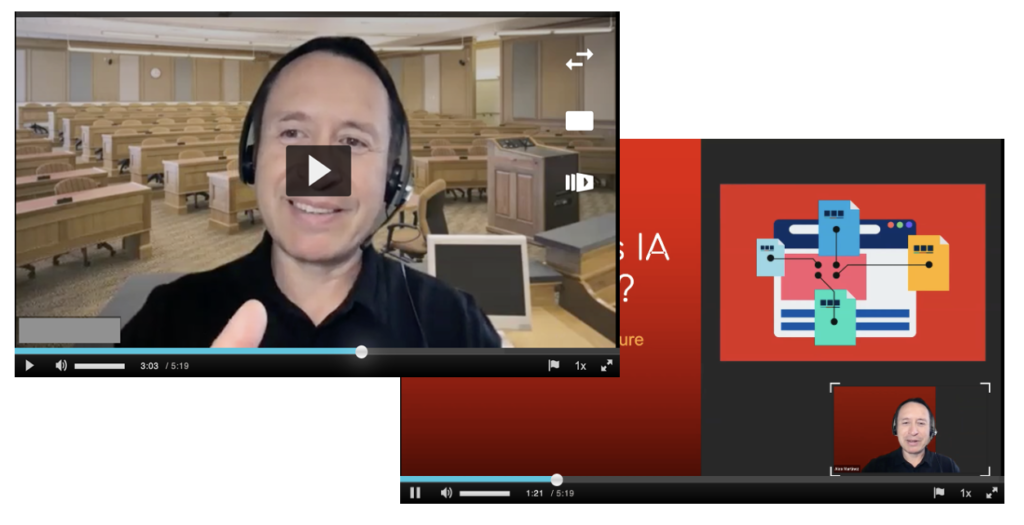
Gallery View with Shared Screen

- All meeting participants appear in tiled windows filling the display when screen is not shared.
- When screen is shared, active speaker appears in small window in corner of the display.
- Similar to Active Speaker with Shared Screen layout.
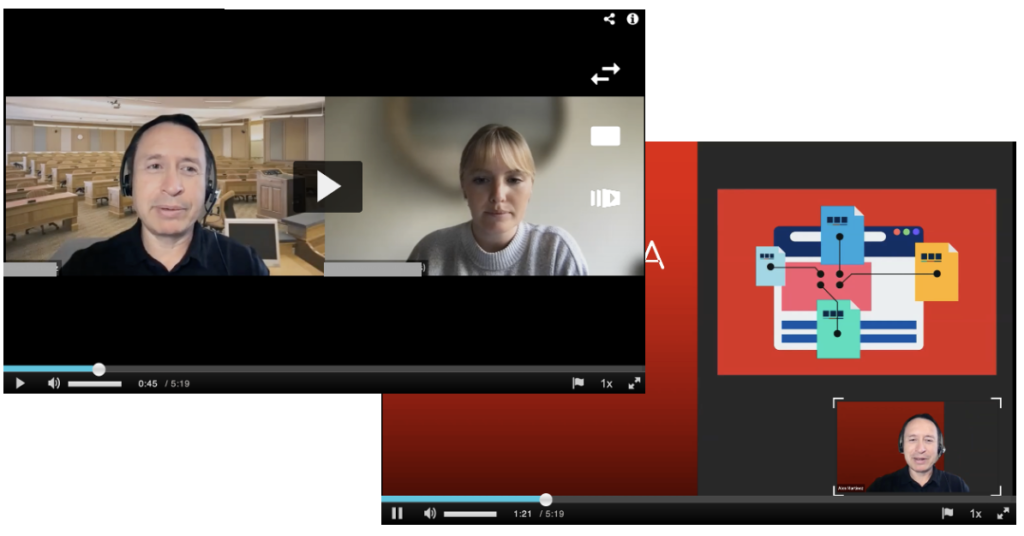
Active Speaker Only


- Active speaker fills entire display both when screen is or is not shared.
- Select if you need a recording of the presenter.
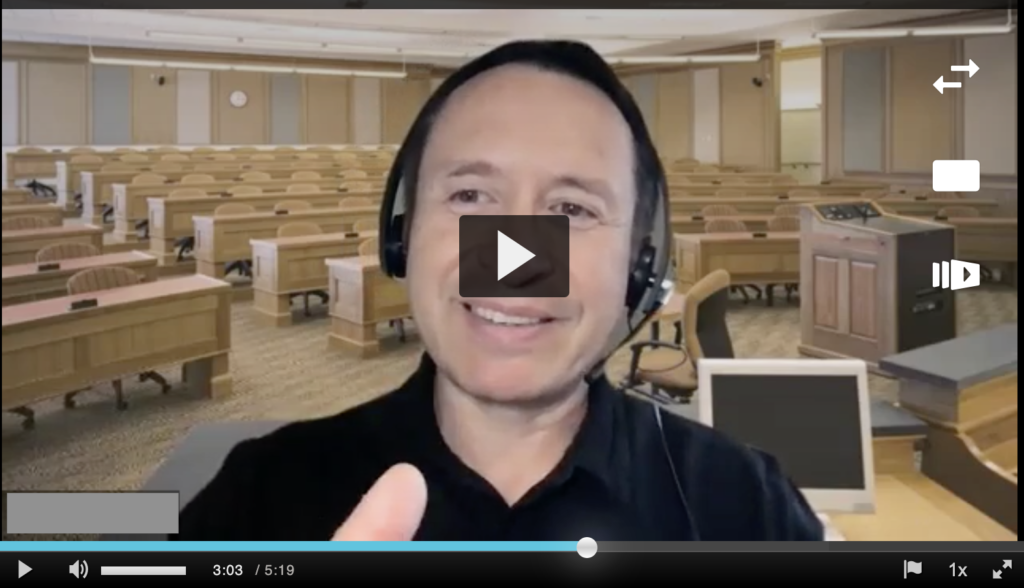
Gallery View Only


- Gallery view fills entire display both when screen is or is not shared.
- Select if you need a recording of all participants in the meeting.
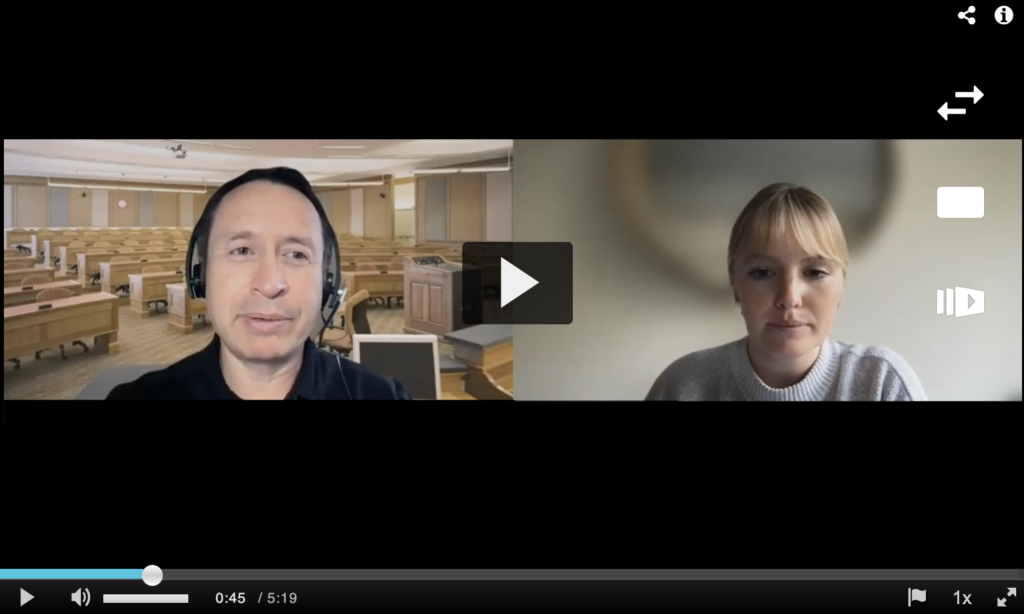
Shared Screen Only


- Shared screen fills display when screen is shared, no view of speakers or participants.
- When screen is not shared, display will appear black.
- Select if you need a recording of the presentation without viewing active speaker or gallery.
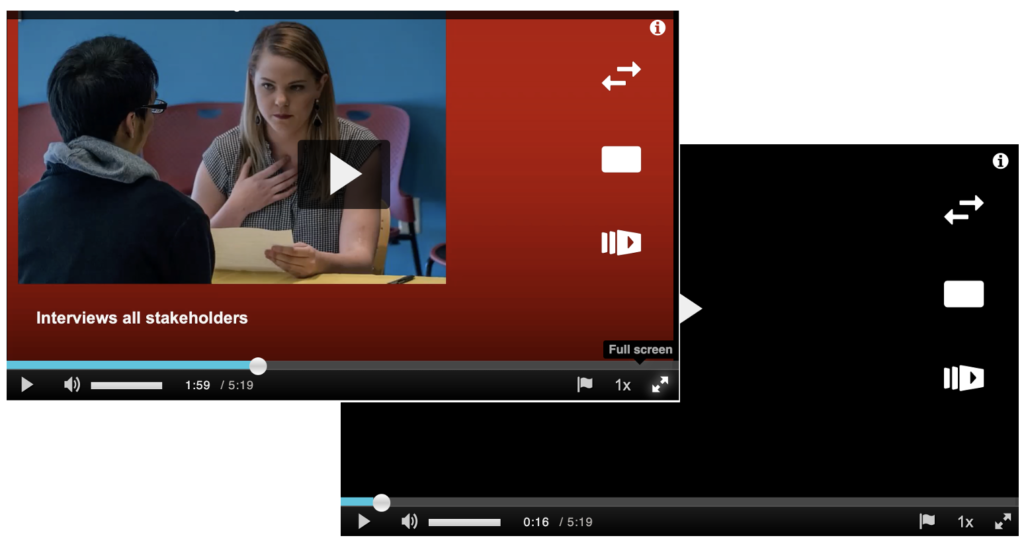
Zoom Cloud Recording Settings
By default your Zoom cloud recording settings are set to Record active speaker with shared screen. This means only 1 layout of your Zoom recording will be recorded and transferred to Kaltura and you will have a regular non-interactive video. Multiple layouts will only be recorded separately to create an interactive video, once you adjust your recording settings. If you want an interactive video adjust your recording settings here: https://udenver.zoom.us/
Tip: For a regular, non-interactive video with one stream, choose “Record active speaker with shared screen.”
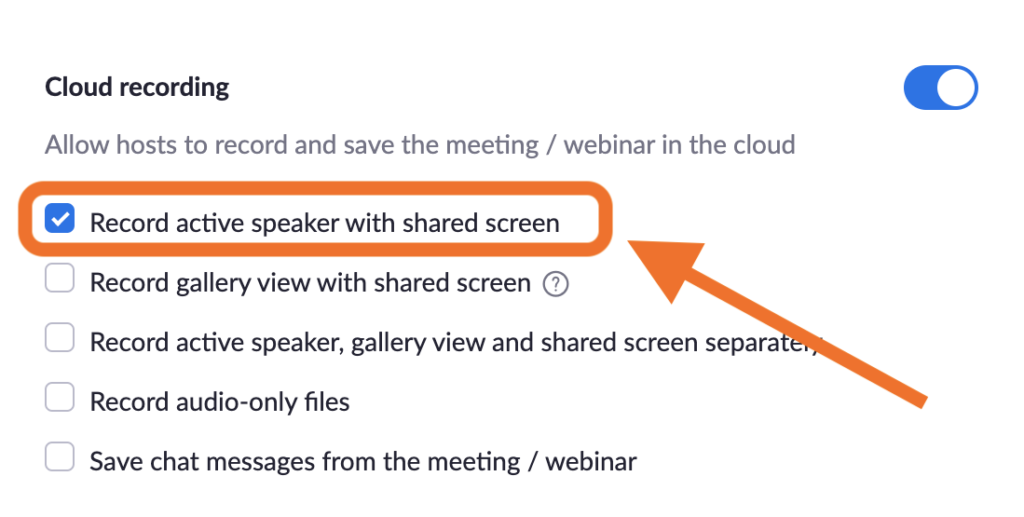
Adjust your Zoom clouding recording settings:
- Log in to your DU Zoom account.
- Click Settings.
- Select Recording and scroll to Cloud Recording.
- Choose recording settings based on the layout you want.
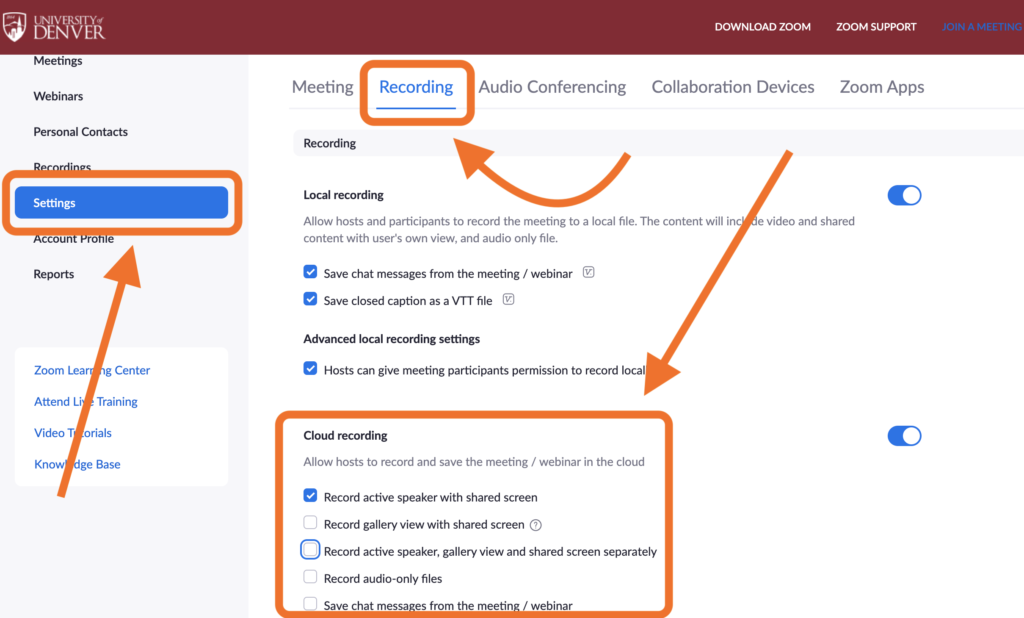
Tip: For an interactive, multi-stream video choose “Record active speaker, gallery view and shared screen separately.”
For an interactive, multi-stream video select Record active speaker, gallery view and shared screen separately. Select the layouts you would like to be individually recorded and to be transferred to Kaltura.

Interactive, Multi-stream Videos
Once transferred to Kaltura any layouts you recorded separately will be stitched together into one interactive video. This allows viewers to toggle through recorded layouts in the Kaltura player.
You may receive an email update for each separate layout recording transferred to Kaltura. Don’t worry! You will only have 1 interactive video once everything is done processing.
Using the Interactive Player:
- Toggle between views.
- Arrange layouts to appear side-by-side, picture in picture or single stream.
- Swap streams in and out of toggle and arrangement features when your video contains 3 or more streams.
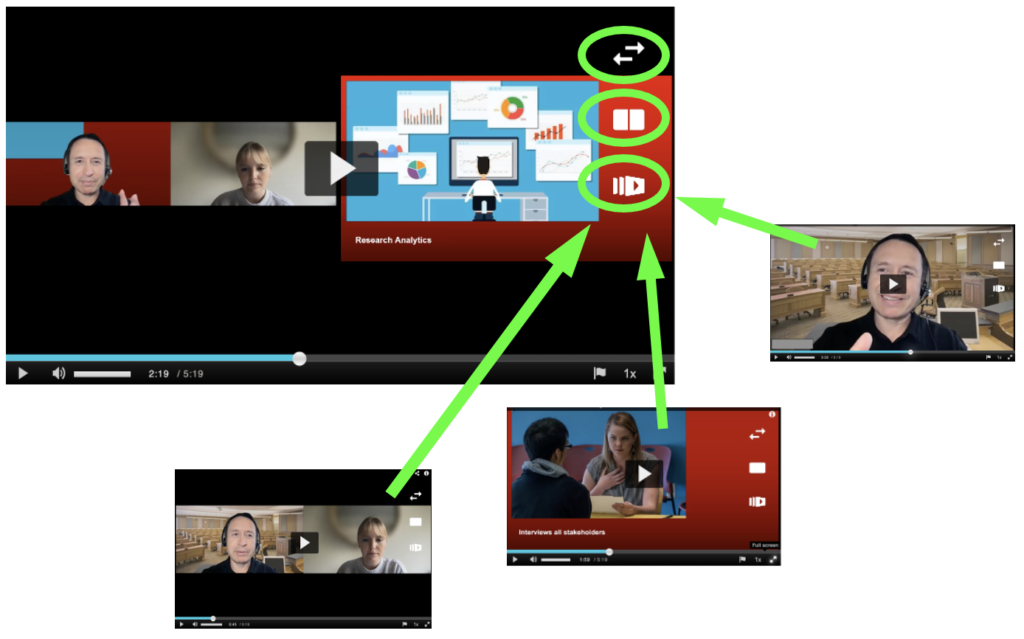
Learn more about how to use interactive Kaltura videos here: https://knowledge.kaltura.com/help/viewing-rich-media-in-the-kaltura-player
